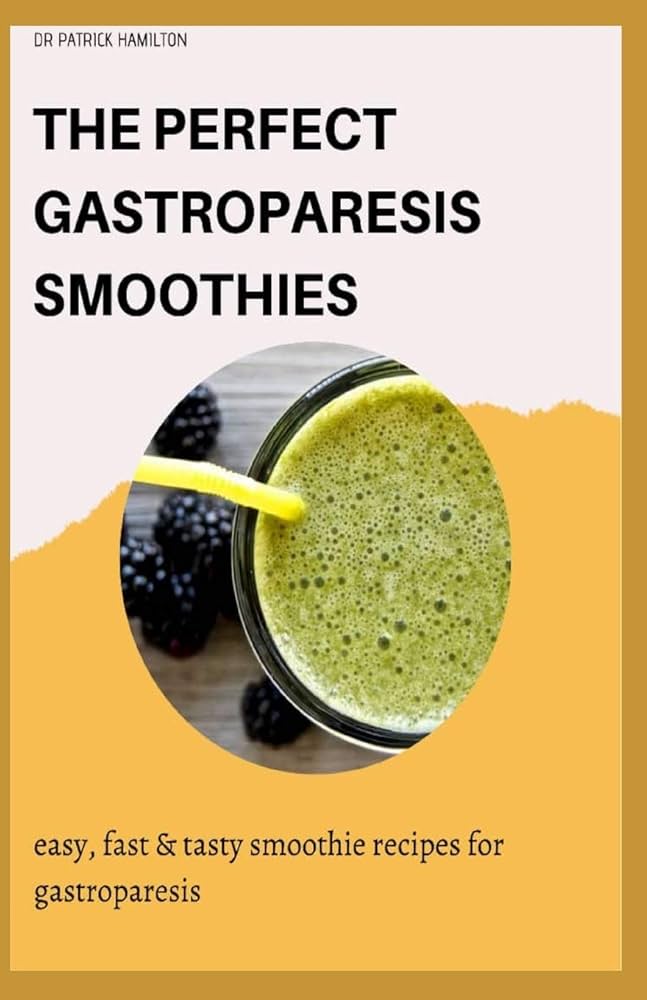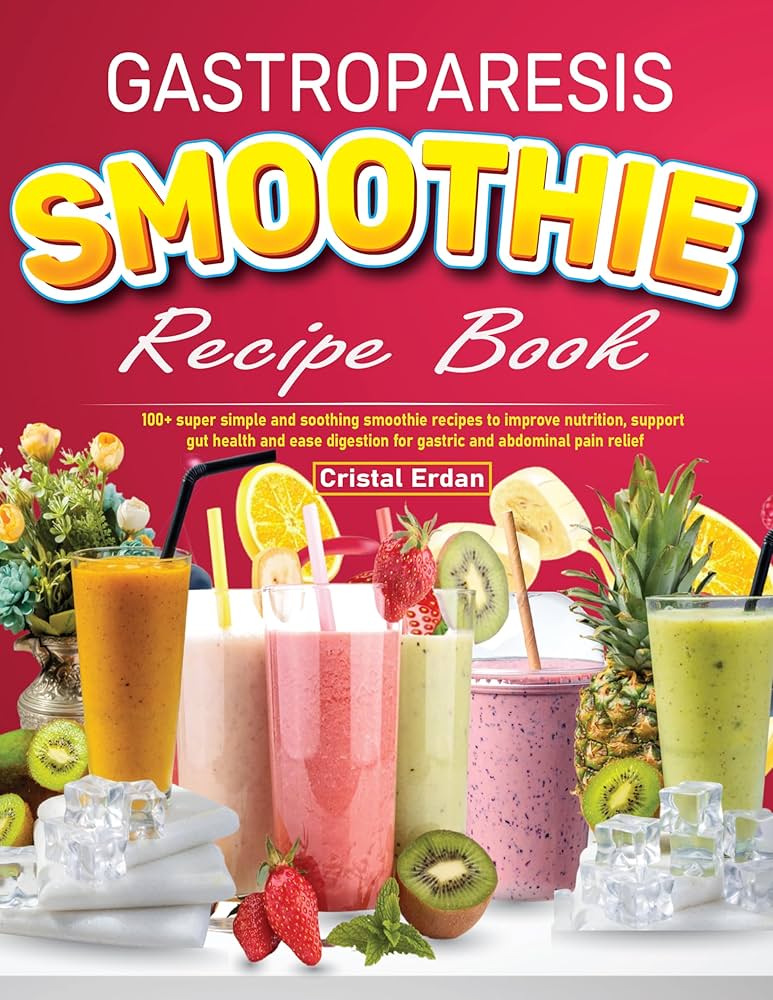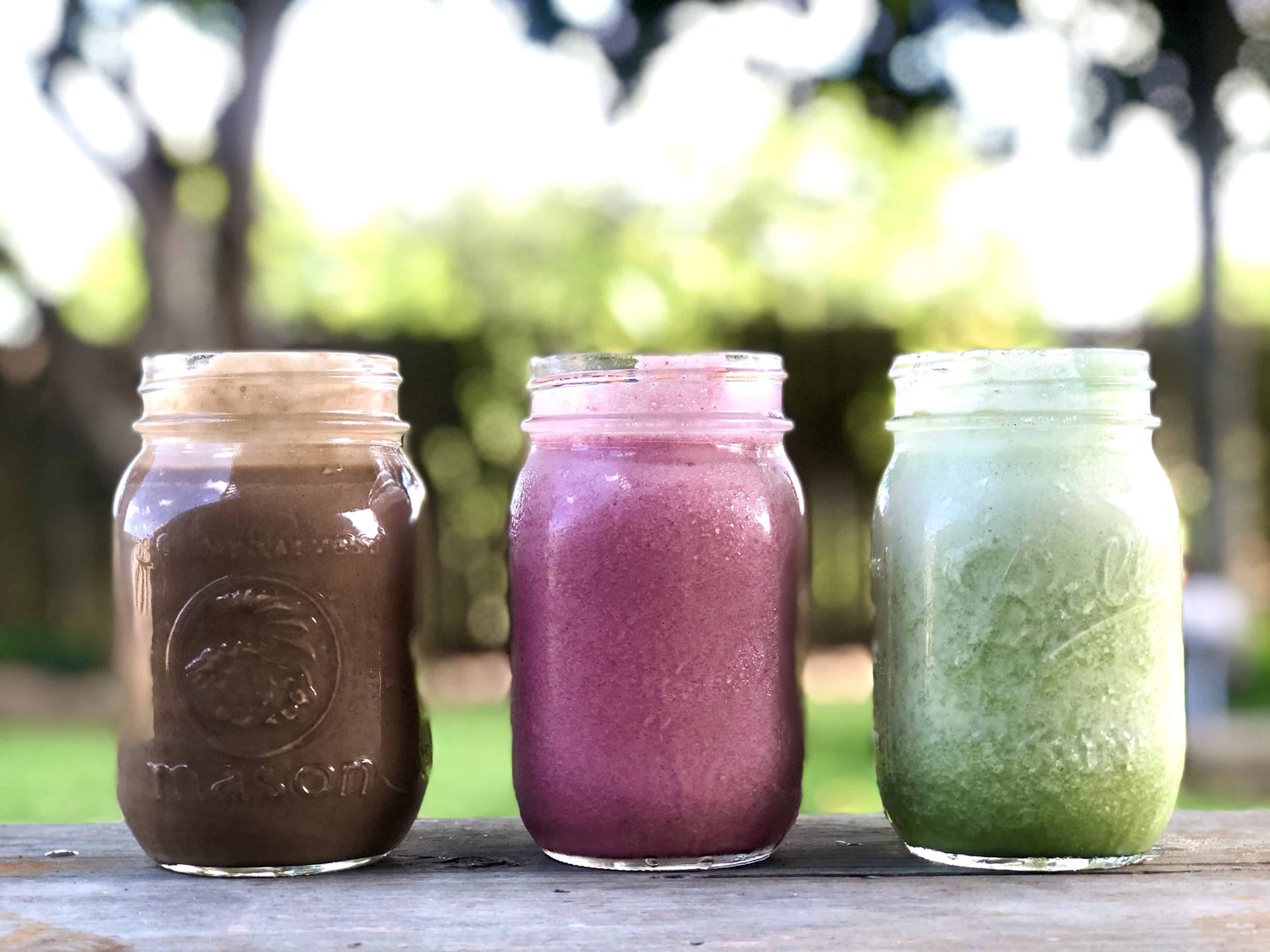So, gastroparesis, right? What a pain. Literally. Eating became this whole big ordeal. I’d look at food, and my stomach would just say “nope, not today.” Or maybe “okay, but you’ll regret this later.” That’s when I really started messing around with smoothies. Figured, if it’s liquid, maybe my stomach would be a bit more welcoming.

My First Awful Attempts
Honestly, my first few tries were pretty terrible. I just threw in whatever sounded good, you know? Like a regular person making a smoothie. Big mistake. Loads of raw kale, a handful of chia seeds, a giant scoop of peanut butter. My stomach threw a full-blown tantrum. Bloating, pain, the works. It was like I’d eaten a brick. Clearly, “healthy” for normal folks wasn’t “healthy” for my gastroparesis gut.
Figuring Stuff Out – The Slow Way
It took a while, a lot of trial and error, and feeling pretty crummy sometimes. But I started noticing patterns.
- Fat was a big no-no in large amounts. That peanut butter bomb? Bad idea. A tiny bit, maybe, but not a lot. Same with things like avocado or full-fat yogurt.
- Fiber, especially insoluble fiber, was another enemy. Raw veggies, fruit skins, nuts, seeds – my stomach just couldn’t break them down fast enough.
- Texture mattered. A lot. It had to be super, super smooth. No chunks. No bits.
So, I started getting strategic. My kitchen counter looked like a science lab some days.
What Started Working For Me
I had to rethink everything. It wasn’t about fancy recipes from some health guru. It was about what my stomach could handle.
The Base:

I found that simple was best.
- Water became a good friend. Sometimes a bit of unsweetened almond milk or rice milk, because they’re lower in fat.
- I ditched most fruit juices because they were too sugary and sometimes acidic, which didn’t always sit well. If I did use juice, it was a tiny splash, and usually something low-acid like pear nectar, diluted.
Fruits – Cooked or Soft:
- Bananas were usually okay, especially ripe ones.
- Canned peaches or pears in their own juice (drained well!) worked because they were soft and peeled.
- Applesauce, the unsweetened kind, was a go-to. Sometimes I’d stew my own apples or pears without the skin until they were mush.
- Berries? Tricky. Seeds were an issue. If I used them, it was a tiny amount, and I’d strain the smoothie afterwards, which is a hassle, honestly.
Veggies – Tread Carefully:
- Cooked carrots, pureed, in small amounts.
- Spinach, just a little bit, and it had to be blended to oblivion. Raw was out.
- Sweet potato, cooked and mashed, sometimes worked as a thickener and for some carbs.
Protein – Essential but Picky:
This was important because I was losing weight.

- Whey protein isolate was often okay because it’s low lactose and low fat. Some plant-based ones like rice or pea protein worked too, but I had to find one that didn’t make me bloat.
- Silken tofu, a small amount, blended in really well and was pretty gentle.
- I even tried blending in well-cooked, completely plain, pureed chicken once or twice when I was desperate for protein. Sounds weird, tastes of nothing if you add other mild flavors, but it’s an option. Mostly stuck to powders though.
Fats – Tiny Amounts:
- Like, a teaspoon of smooth almond butter if I was feeling brave. Or a tiny bit of MCT oil because it’s supposed to be easier to digest. Mostly, I just avoided adding extra fat.
My Smoothie Making Ritual
Once I had my “safe” ingredients, the process was key.
- Small Portions: I couldn’t chug a giant smoothie. Started with maybe half a cup, sipped it really slowly over like 30 minutes.
- Blend, Blend, Blend: I invested in a decent blender. Not one of those cheap ones. I needed something that would pulverize everything until it was absolutely liquid. No lumps, no grit.
- Temperature: Cold smoothies sometimes bothered me. Room temperature or even slightly warm felt better.
- Listen to my body: This is the big one. What worked one day might not feel great the next. I had to pay attention. If something felt off, I stopped.
A typical “successful” smoothie for me might have been something like: half a banana, a scoop of plain whey isolate, a bit of unsweetened applesauce, and enough water to get it to the right consistency. Boring? Maybe. But it stayed down, and it gave me some calories and nutrients. That was a win.
It’s not a magic cure, this smoothie thing. Gastroparesis is still there. But finding a way to get some nutrition in without feeling awful all the time? That made a huge difference for me. It’s all about experimenting carefully and finding what your specific stomach will tolerate. It’s a journey, for sure. And not always a fun one, but you figure things out bit by bit.









